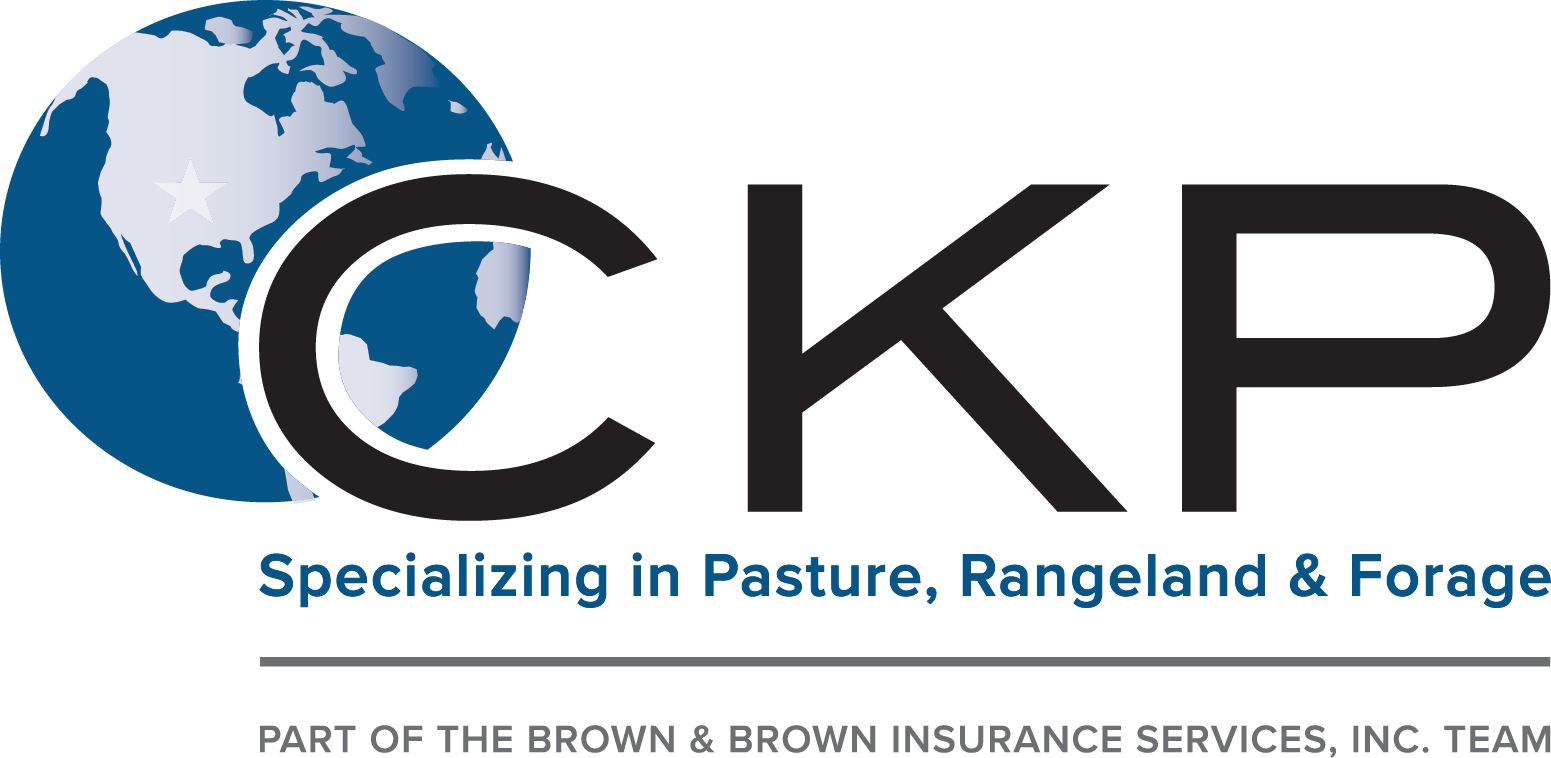Facts About Bagley Risk Management Revealed
Facts About Bagley Risk Management Revealed
Blog Article
Expert Assistance on Threat Assessment and LRP Insurance Coverage Solutions

The Importance of Threat Evaluation
Effective danger assessment is fundamental in the decision-making process of any type of company, assisting critical preparation and source allowance. By methodically recognizing, reviewing, and focusing on potential dangers, services can prepare for challenges, exploit on possibilities, and make educated choices to achieve their objectives. Risk assessment allows companies to proactively resolve susceptabilities, alleviate dangers, and enhance their risk monitoring methods.
Among the essential benefits of threat evaluation is its role in enhancing operational effectiveness. By recognizing the possible threats that can influence various facets of the business, organizations can improve processes, allot resources much more properly, and lower the chance of pricey disruptions. In addition, risk analysis makes it possible for firms to adhere to governing needs, protect their online reputation, and construct depend on with stakeholders.
Understanding Potential Losses
To understand the influence of danger analysis, it is critical to understand the prospective losses that might dramatically affect an organization's operations and financial stability. Possible losses can emerge from various sources, including all-natural catastrophes, economic slumps, operational failures, regulatory modifications, and cybersecurity breaches. These losses can cause straight costs such as property damage, legal expenses, and penalties, as well as indirect costs like reputational damages and loss of market share.
Recognizing possible losses entails performing an extensive analysis of the risks that could materialize and approximating the economic effect they might have on the organization. By measuring these prospective losses, organizations can focus on threat reduction initiatives and designate sources properly. An extensive understanding of potential losses enables organizations to make enlightened choices when selecting risk management strategies, such as purchasing insurance policy protection or executing danger control measures.
In significance, by identifying and understanding prospective losses, companies can proactively take care of threats and guard their long-lasting sustainability and success.
Function of LRP Insurance Solutions
The assimilation of LRP insurance coverage options within an organization's risk management framework enhances strength and strengthens monetary stability against unexpected hardships. LRP, or Loss Recovery Item, insurance remedies play an essential duty in mitigating the influence of possible losses by supplying financial protection and support in times of situation. These insurance policy solutions are customized to meet the specific needs of companies, offering protection for numerous risks such as property damage, company disruption, responsibility claims, and much more.
By transferring the monetary threat to an insurance policy supplier, companies can focus on their core operations with better peace of mind, recognizing click for info that they are protected against significant financial losses. In addition, LRP insurance policy solutions can enhance an organization's danger administration technique by supplementing existing threat mitigation actions and making certain thorough protection across all areas of potential vulnerability.
Identifying Key Risks
In the procedure of risk assessment, a crucial action entails identifying essential threats that have the prospective to affect a company's operations read more and economic stability. visit the website Recognizing vital threats requires a thorough examination of internal and outside aspects that could present threats to the organization's purposes. Internal dangers might include operational inadequacies, compliance problems, or personnel difficulties, while exterior risks might incorporate economic downturns, governing modifications, or all-natural catastrophes.

Moreover, key risks need to be consistently evaluated and upgraded to straighten with the vibrant business environment. This positive technique makes it possible for companies to stay ahead of potential risks and secure their lasting success.
Picking the Right Insurance Coverage
Having identified the essential dangers that might affect a company's procedures and monetary stability, the next vital action entails very carefully picking the right coverage to efficiently handle and alleviate these threats. When it comes to picking the right coverage, organizations need to consider their specific risk exposure, monetary capabilities, and tactical goals. It is vital to carry out a complete examination of the offered insurance coverage choices to guarantee that the chosen coverage straightens with the company's risk administration goals.

Organizations ought to function closely with knowledgeable insurance specialists to examine their threat profiles and identify one of the most suitable insurance policy products to address their demands. Customizing insurance protection to details risks can assist maximize protection while lessening unneeded costs. Furthermore, organizations must assess policy conditions in information to understand the degree of insurance coverage given and any prospective exemptions that may affect their risk mitigation strategies.
Final Thought
In verdict, threat assessment is important in determining potential losses and picking the ideal LRP insurance policy solutions. Specialist support can help browse the intricacies of risk analysis and insurance policy services, giving services with the required devices to properly manage and reduce risks.
Professional support plays an essential role in this process, supplying important understandings right into identifying and examining threats, as well as strategically picking suitable insurance coverage customized to mitigate those dangers properly. A comprehensive understanding of prospective losses makes it possible for companies to make educated choices when picking risk management methods, such as acquiring insurance coverage or applying threat control measures.

Report this page